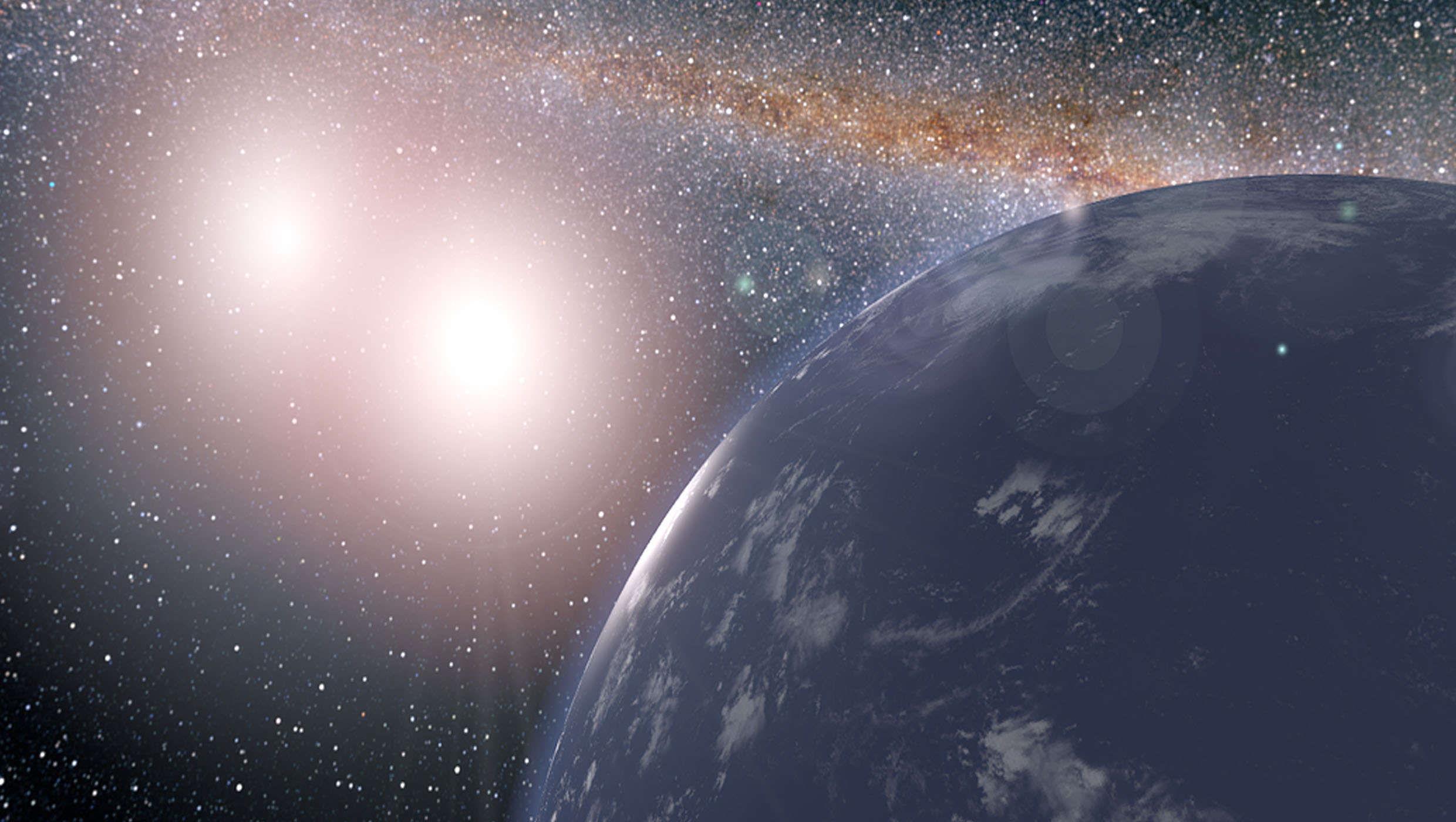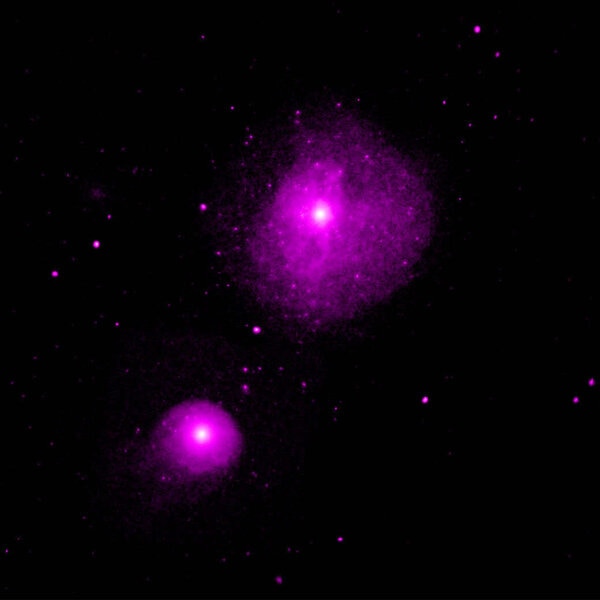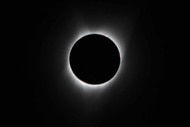Create a free profile to get unlimited access to exclusive videos, sweepstakes, and more!
Is the closest black hole to us…even a black hole?

Black holes are elusive enough, but what if you think you’ve found one and it ends up being something even weirder?
Earlier this year, astronomers had thought that the black hole lurking closest to Earth had finally been found in its cosmic lair. It was supposedly the mystery object in the star system HR 6819. The scientists who first tried to figure out what this thing really was concluded they were looking at a triple star system where one star was supposedly not moving and the other was at the mercy of an immense but invisible force—what they thought was a black hole. But what was seen as the gaping mouth of doom turned out to be another star that had somehow managed to hide in the darkness.
When the team of scientists who initially studied HR 6819 tried to make out the objects that were orbiting each other in what they thought was a triple system, the first star detected was a B giant. These gargantuan and blazing-hot stars have already evolved to a pretty advanced phase. The second star found was a Be star, which gave itself away by the disc of gas surrounding it. Be stars tend to rotate extremely fast and lose gas from spinning at breakneck speed. But that wasn’t it.
“By making a guess for its mass, we can guess at the mass of the companion, and it was this line of reasoning that led astronomers to suspect that the B giant orbits a black hole,” Douglas Gies, director of the CHARA Array who recently co-led a study published in The Astrophysical Journal Letters, told SYFY WIRE.
The B giant had to be orbiting something else because of variations in Doppler shift, or the shift in light wavelengths as an object gets closer and then further away from the observer. An object moving further away will be observed as a having a lower frequency and higher wavelength (a redshift, or a shift toward the infrared part of the spectrum). The phenomenon is vice versa for an object moving closer. The Be star was not thought to be orbiting anything. Because the B giant would periodically get closer and further away, it must have been orbiting something, and that something was assumed to be a black hole.
That wasn’t it either.
“We examined the motions of the Be star by measuring the strongest disk emission line from hydrogen emission,” Gies said. “These measurements showed that the Be star did display the same orbital period as the B giant, but with much smaller amplitude. This suggests that the system is actually a two-star binary system.”
So HR 6819 went from supposed triple star system to binary star system (like Kepler 35A and B, top). Observations made by Gies and his team also suggested that the Be star, which was initially detected by searching for light from its disc at certain wavelengths, was actually of much higher mass than the B giant. Astronomers missed this before because of the assumption that the B giant would be the more massive star because it was further along in its evolution. It must have been at some point, since stars grow as they age. What happened is that it got cannibalized.
The Be star started to strip the B giant of its outer layers as the stars continued to orbit each other, and ironically the B giant will just keep shrinking until it is nearly as small, hot, and compact as a white dwarf. Such an object is sometimes referred to as a pre-white dwarf. As it devolves, it will, for a cosmic moment, reach the same temperature and size of an average B giant. Gies is now positive that that there was never a black hole creeping around there.
“Now that our measurements of the emission spectrum show that the Be star does orbit with the B giant, then there is no place for a black hole in the HR 6819 system,” he said.
Maybe another black hole will emerge from some other eldritch place in the universe just in time for Halloween.















